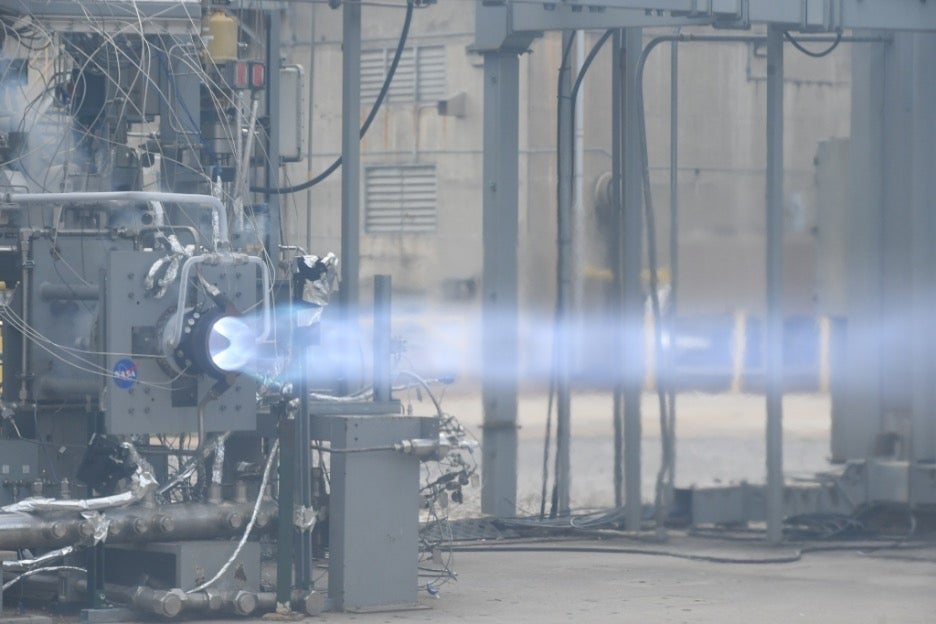🚀 Space Business: A year of milestones
Plus: A successful test for NASA's 3D-printed rotating detonation rocket engine

2023 was another record-breaking year for rocket launches. The year saw an all-time high of 207 successful orbital launches (as of Dec. 27). It also was a record year for the most people in space at the same time. Here’s a roundup of the year’s highlights.
Suggested Reading
🚀 With 108 launches, the US broke the record for most launches by a nation, which the Soviet Union had held since 1982.
Related Content
🚀 SpaceX sent 1 million kg of cargo into orbit and was responsible for nearly half of all the orbital rockets launched this year.
🚀 Several launches took new scientific instruments to space, such as the European Space Agency’s Jupiter Icy Moons Explorer and Euclid, which will study dark matter and dark energy, and NASA’s Psyche to study its namesake asteroid.
🚀 The moon was a popular destination this year, hosting a south-pole touchdown of India’s Chandrayaan-3, a flyby and entry into lunar orbit of Japan’s Smart Lander for Investigating Moon, and crash landings from Russia’s Luna 25 and Japan’s Hakuto-R.
🚀 SpaceX’s Falcon 9 launched for the 19th time in December, breaking its own rocket-reuse record.
🚀 Virgin Galactic made its first commercial space flight and first tourist space flight.
🚀 Debut launches were made by Iran’s Qaem 100, Relativity Space’s Terran 1, Rocket’s Lab’s first hypersonic mission, North Korea’s Chollima-1, Space Pioneer’s Tianlong-2, Evolution Space’s Gold Chain Cowboy, Galactic Energy’s Ceres-1S, Firefly Aerospace’s Alpha, ABL’s RS1, and SpaceX’s Starship among others.
🚀 There were also new fuel firsts this year. The Zhunque-2 rocket became the first methane-fueled rocket to make it into orbit and Space Pioneer became the first private company to reach space on the first try using a fully liquid-fueled rocket.
🚀 Several countries—Ireland, Djibouti, Albania, Oman, and Vatican City—began operating their first satellites.
🚀 As in 2022, about 94% of all orbital launches this year were successful.
🌕🌖🌗
IMAGERY INTERLUDE
Last week NASA announced its 3D-printed rotating detonation rocket engine successfully ran a test burn that produced more than 5,800 lbs of thrust—enough to blast a spacecraft from the Moon to Mars.

📡 📡 📡
SPACE DEBRIS
NASA’s Ingenuity rotorcraft made its longest flight yet: 2,315 feet. The helicopter-like craft has been hopping around Mars since 2021.
JAXA’s Smart Lander for Investigating Moon entered lunar orbit on Monday. It plans to touch down on Jan. 20.
The Chinese startup Galactic Energy raised $154 million to develop a reusable rocket. The money will help fund research and development of the Pallas-1.
Astrobiotics and Intuitive Machines hope to be the first private companies to land on the Moon. They’re both targeting launches early next year.
Remnants of China’s Long March 5 rocket are expected to fall into the South China Sea. It’s not the first time debris from the country’s most powerful type of rocket has dropped to the surface.
Sierra Space’s Dream Chaser shuttle is undergoing final testing. The shuttle is schedule to bring seven resupply missions to the ISS.
This week’s Space Business newsletter was authored by science writer and photographer Mara Johnson-Groh, and edited by Heather Landy.
Last week: Secret Spacecraft
This was issue 209 of our newsletter. Hope your week is out of this world! Send rocket stats, tips, and informed opinions to [email protected].